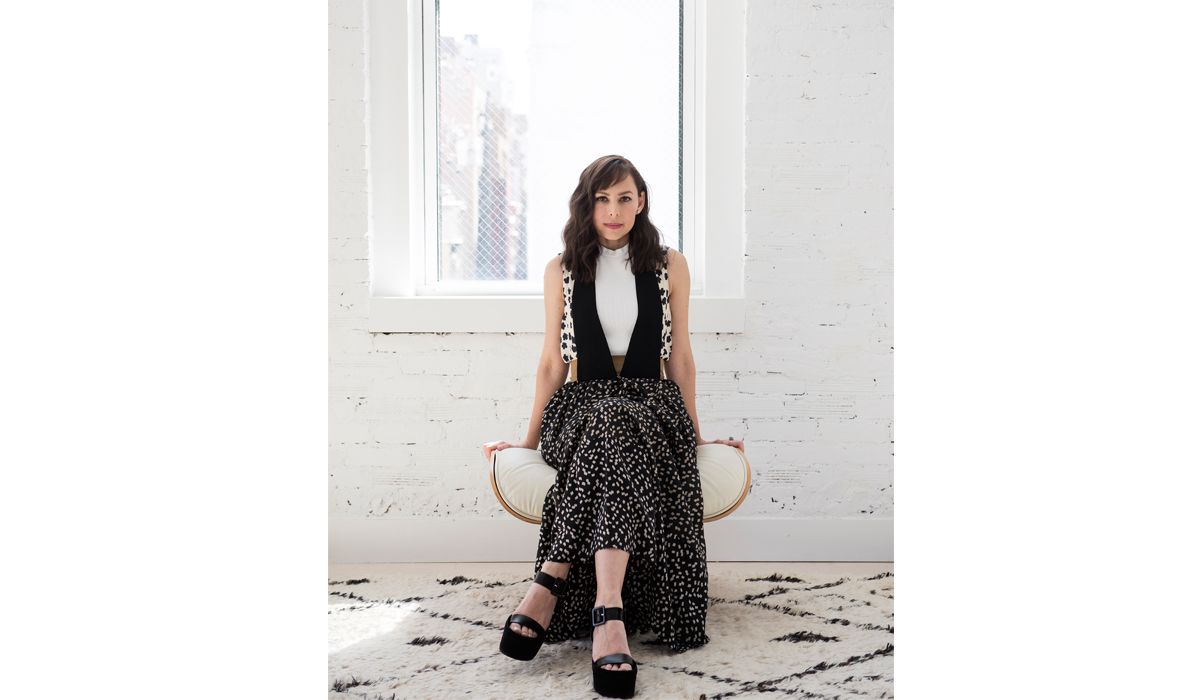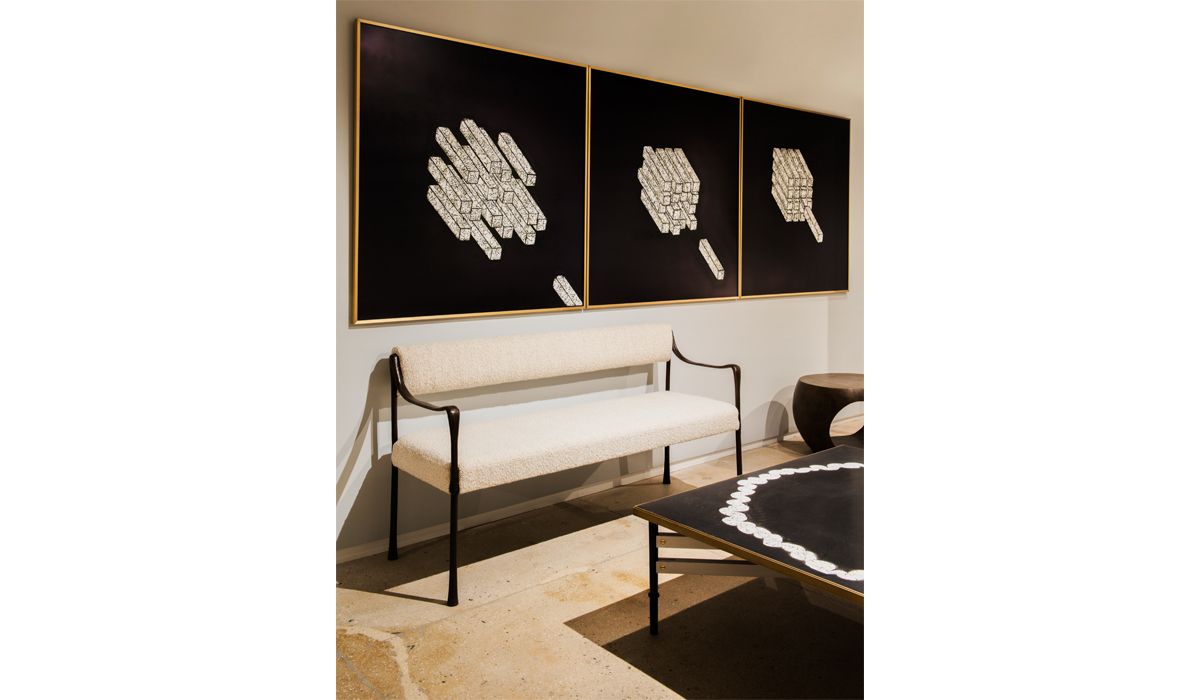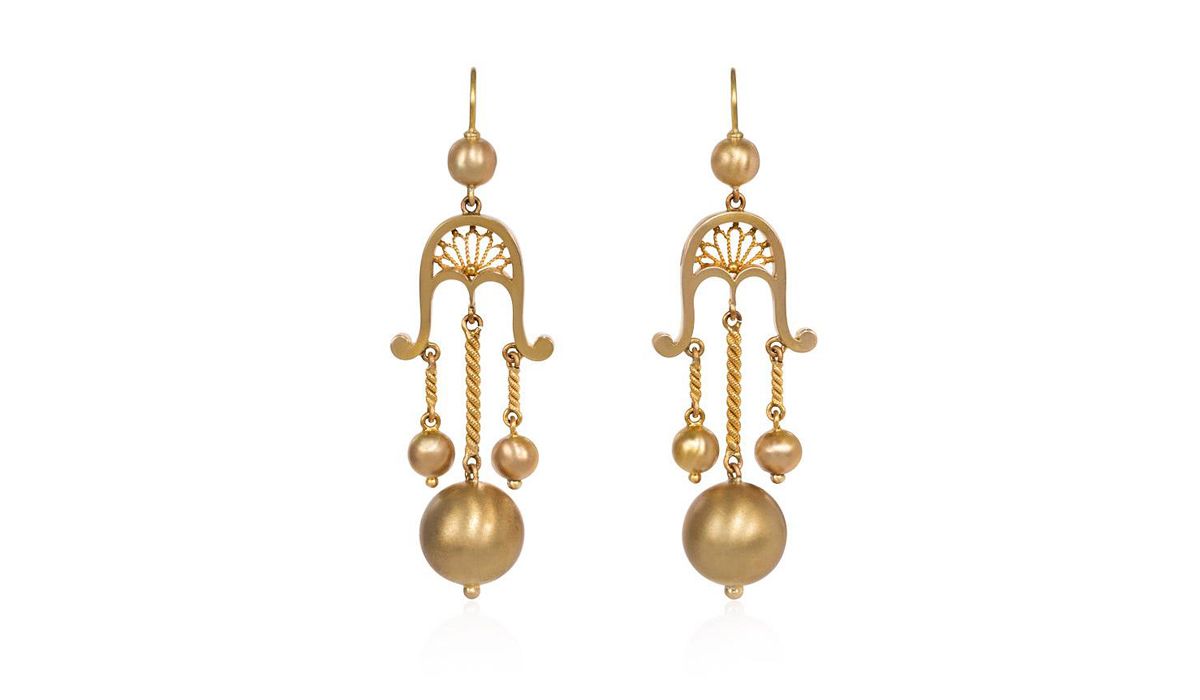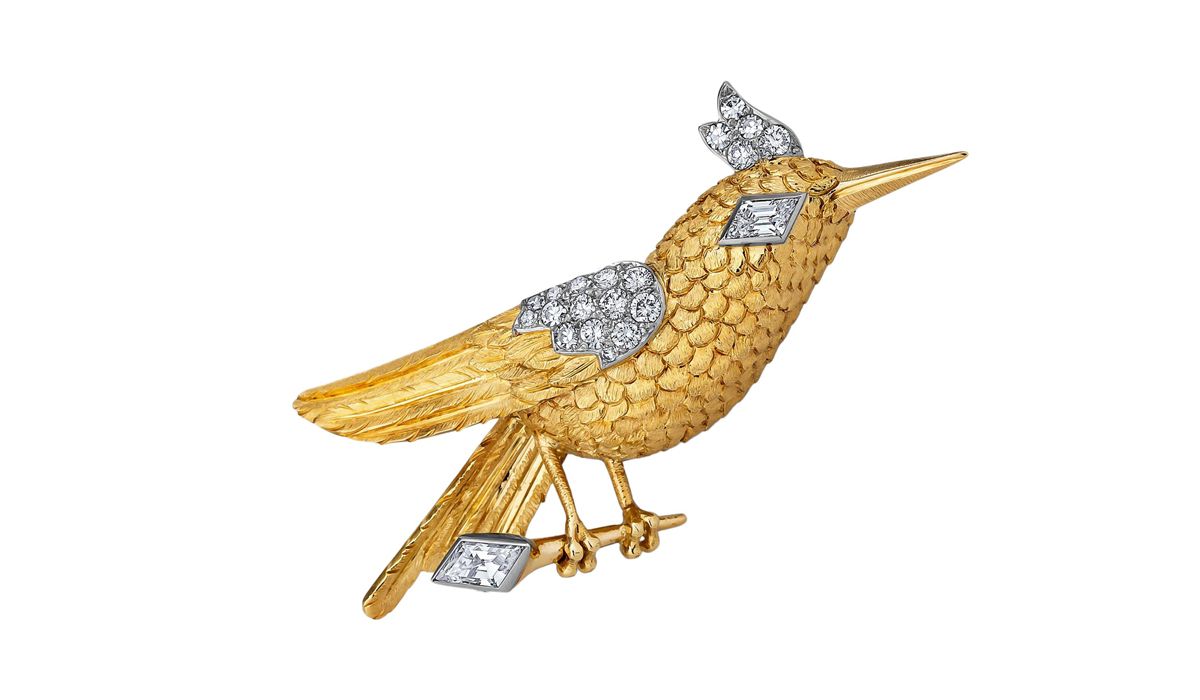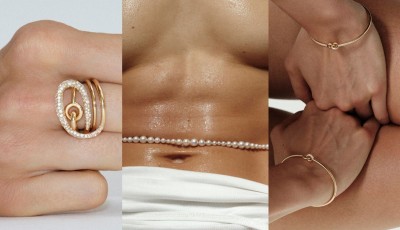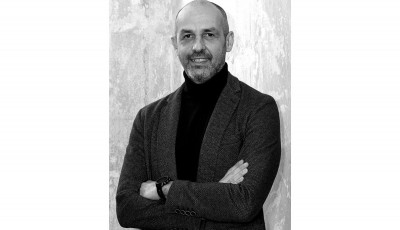1st Dibs: the New Frontier of Shopping
1stdibs, the e-commerce destination for antiques, contemporary objects and vintage fashion, with $300 million in sales projected in 2019, is the largest fine jewelry store with over 125,000 items
1stdibs started in 2001 with a few dealers hand-selected at Marché aux Puces by his founder Michael Bruno. It made its debut as a listing site for antiques dealers with no ability to purchase online. Today it is a thriving and global destination for those who must have “ first dibs” on treasures that would otherwise be inaccessible. We met 1stdibs Chief Commercial Officer Cristina Miller on these almost twenty years of evolved business.
How the market and your business model have changed since then?
In 2001 only 8% of people in the world (500,000 people) used the Internet. Today nearly half the world’s population has an Internet connection at home (3.4 bil- lion internet users). In 2001 worldwide e-commerce sales were $32 billion. Today, global online purchases have increased by over 1,000 percent to an estimated $350 billion. In 2001 luxury sales was limited to traditional retail stores. Today luxury retail chains experience increased pressure as online sales accelerate. 1stdibs evolved from a product listing site to a global e-commerce luxury platform over the last years (in 2013). Moving the industry online has been beneficial to all parties we serve: dealers, global consumers and interior designers.
What about customer experience?
Buying luxury furnishings, art and jewelry on the site has allowed us to create a better customer experience by: reducing purchase risk for both buyers and sellers; allowing consumers to buy on their own schedule and through whatever physical device they want; being able to browse and buy expensive, high quality and global design in a comfortable, easy and non-intimidating environment. For dealers it has allowed them to reach a global customer and for designers they can have one destination to source from.
How much is jewelry growing?
The growth has been largely organic and driven by the high quality of our supply: we are the largest fine jewelry store in the world with over 125,000 items. We are currently investing more in driving global jewelry demand and servicing private clients, which will help grow the category even faster.
Can you describe 1stdibs process?
We are very rigorous to vet the dealers we accept onto the site. They are experts in their fields, and curate their own items on 1stdibs. This allows us to make sure we are o ering the best product in the areas of furniture, jewelry, art, and vintage fashion.
What is your feedback of the market?
We have dealers on the platform from 30 countries, and the 50% is outside the U.S. We have buyers in 141 countries and 40% of our traffic is from outside the U.S. We see customers becoming more and more comfortable buying expensive pieces on-line, such as a $900k bracelet we recently sold or a $150k pair of earrings. We regularly sell items over $100k and have about a dozen orders a day over $10k. We have pieces representing the full spectrum of periods and styles. Art Deco is always popular, we’re seeing a resurgence in designers who were popular in the 1990s as well, and we’re also seeing people to work with our concierge team to get unique pieces.
In February you have opened the 1stdibs Gallery in New York. What is the added value?
Our customers are multi-channel, and we want them to discover and buy in the way they want that experience. We felt like there was an opportunity to create a better Gallery experience – integrate it with the online and allow both consumers and designers to shop. Our Gallery is a combination of domestic and international dealers - over 20% are international sellers - giving both consumers and designers the ability to interact with product that is not accessible to them in person during the browsing/ shopping phase.
Can you give us an idea of sales?
In 2018 we did $250 million of sales on the platform, and we will do more than $300M in 2019. Ninety thousand unique products were sold last year. On average, new customers spend $4,000 in the first year, with an average order value that has increased 25% since the launch of the e-commerce in 2013.



